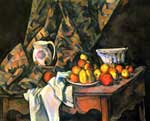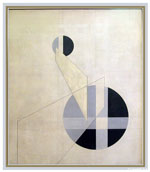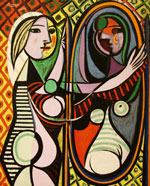Unity, Variety and Balance: Three Principles of Traditional Composition & Design
Unity
Unity... the quality of oneness.
Unity refers to the sense that all of the parts of the artwork are working together to achieve a common result; a harmony of all the parts.
Visual unity is one of the most important aspects of well-developed art and is frequently planned by the artist... if not planned, it is considered and acted upon by the artist.
When nothing distracts from the whole, you have unity.
Variety
Variety refers to differences or contrasts in values, colors, textures, shapes, and other elements.
Contrasts can create visual excitement, and add interest to the work.
Balance
Balance in a work of art is the distribution of visual weight.
Balance can be symmetrical, Radial, approximately symmetrical or asymmetrical.
In a traditional sense, a composition should not be too heavy on either side... and it should be a little bottom heavy.
Approximate SymmetrySymmetrical balance is frequently approximate. |
||
 |
 |
 |
Radial Symmetry |
||||
| Radial Symmetry relates to images emitting from a point... like spokes on a wheel or ripples from a pebble tossed into a pond. |  |
|||
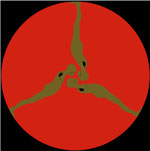 |
 This is also bilaterally symmetrical This is also bilaterally symmetrical |
 |
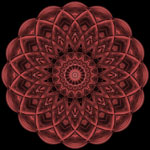 |
 |
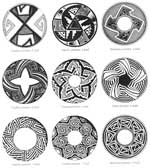 |
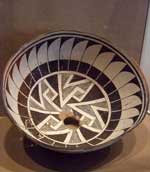 |
|||
Assignments
1. On a sheet of Bristol/watercolor paper (8" x 10"), create a bilaterally symmetrical composition.
|
2. On another sheet of Bristol/watercolor paper (8" x 10"), create an asymmetrical composition.
|
| 3. On another sheet of Bristol/watercolor paper (8" x 10"), create a radially symmetrical composition. |
4. Photograph, printout, and mount in sketchbook, 4 examples each of: Symmetry, Asymmetry and Radial Balance. |






